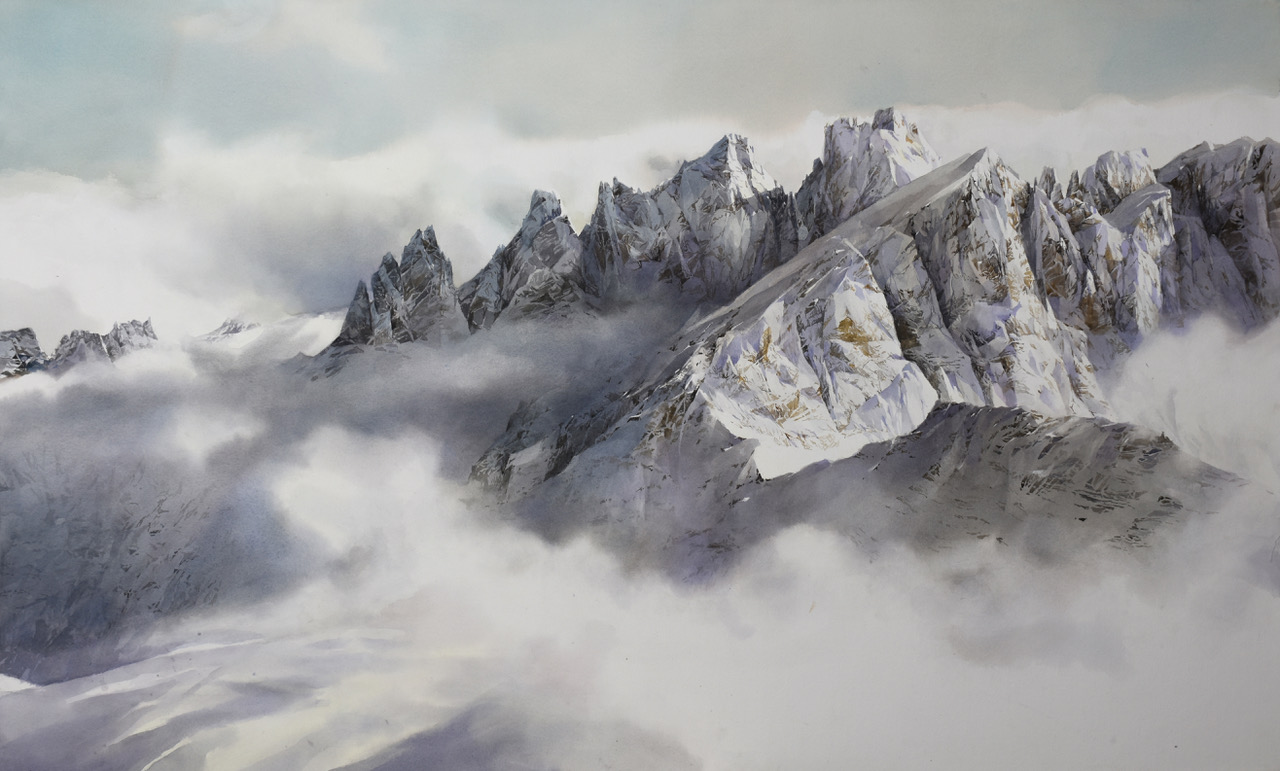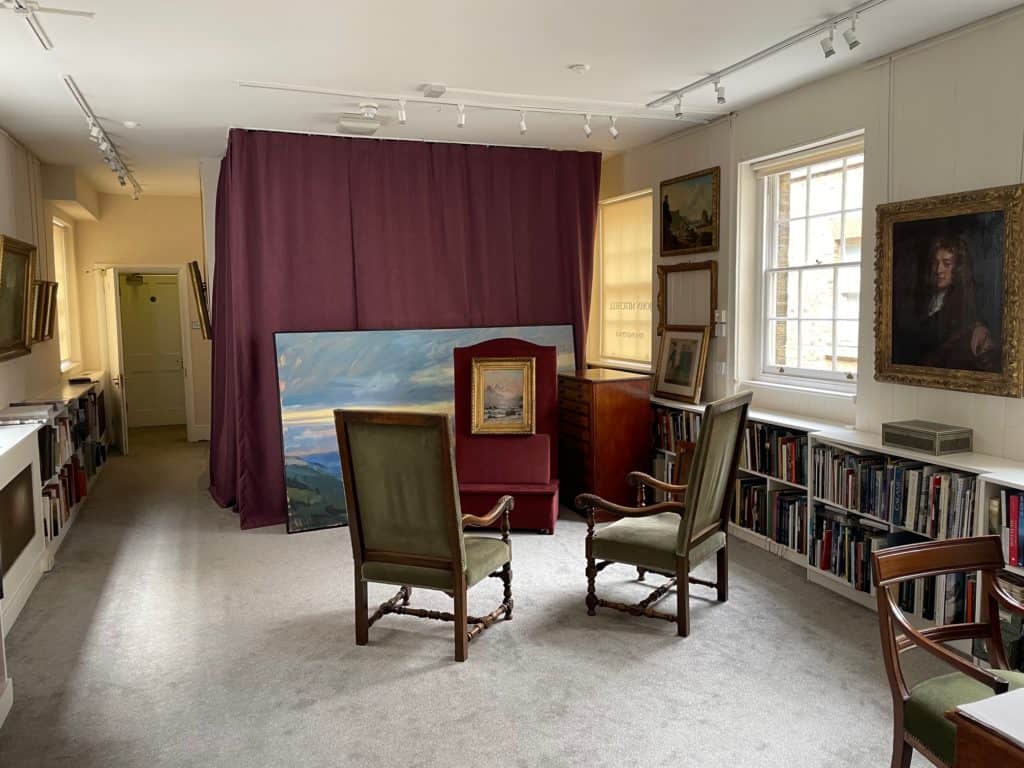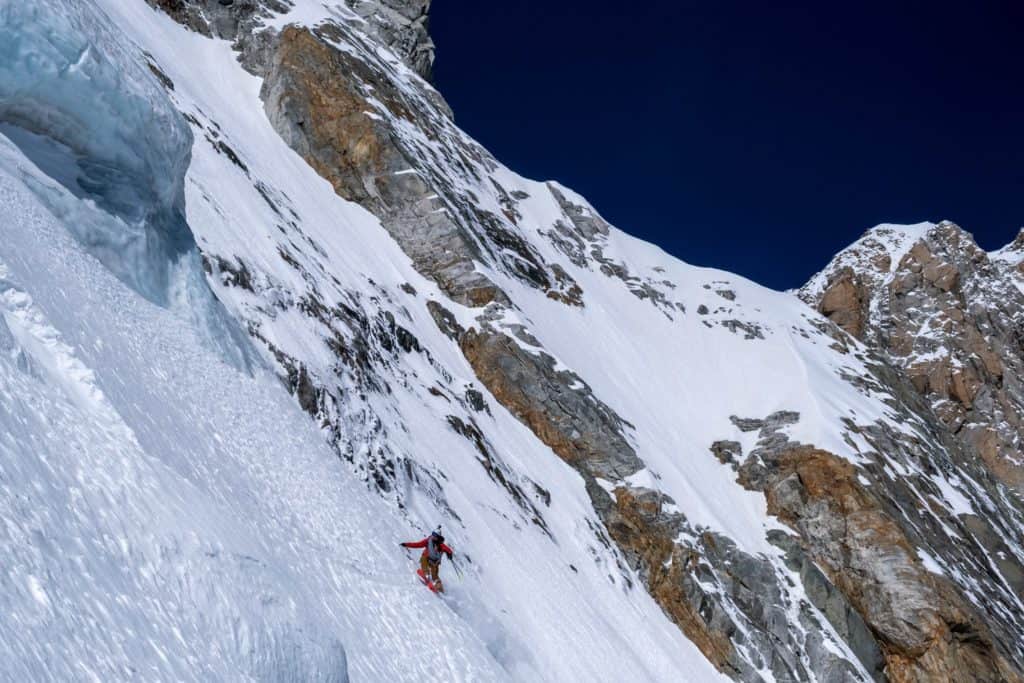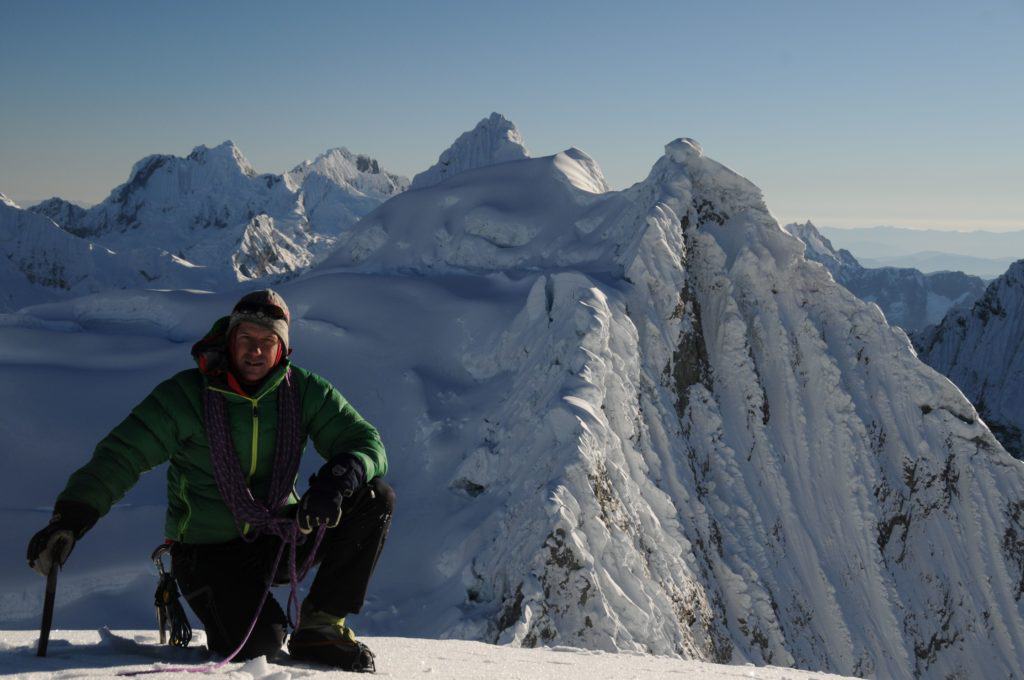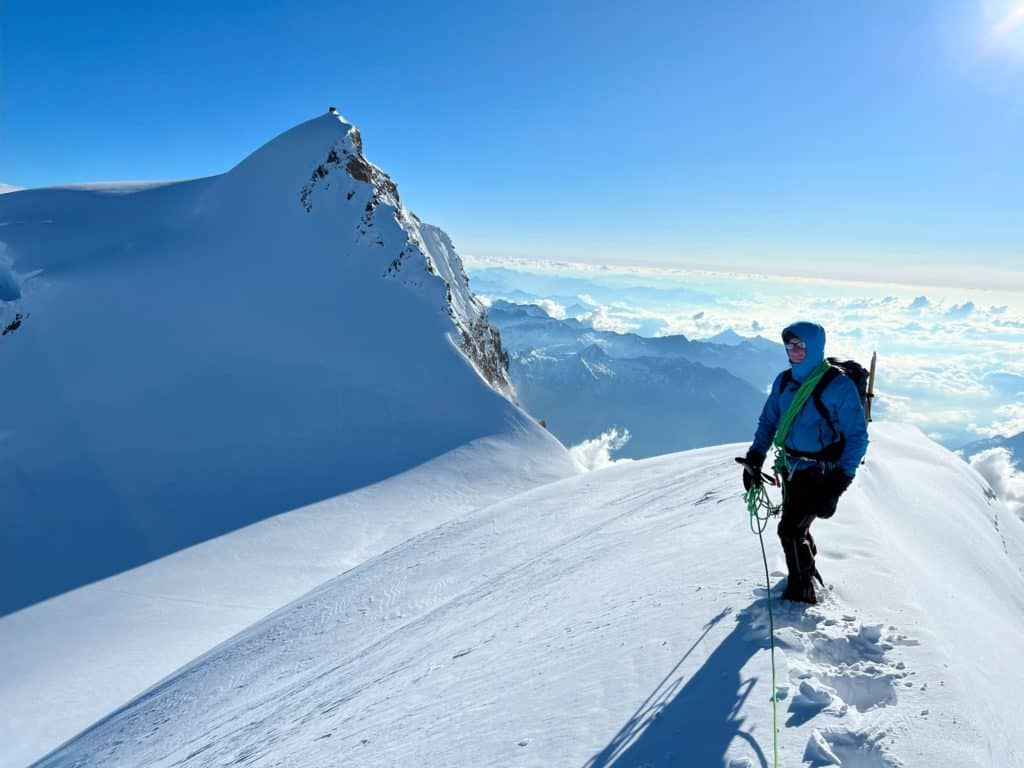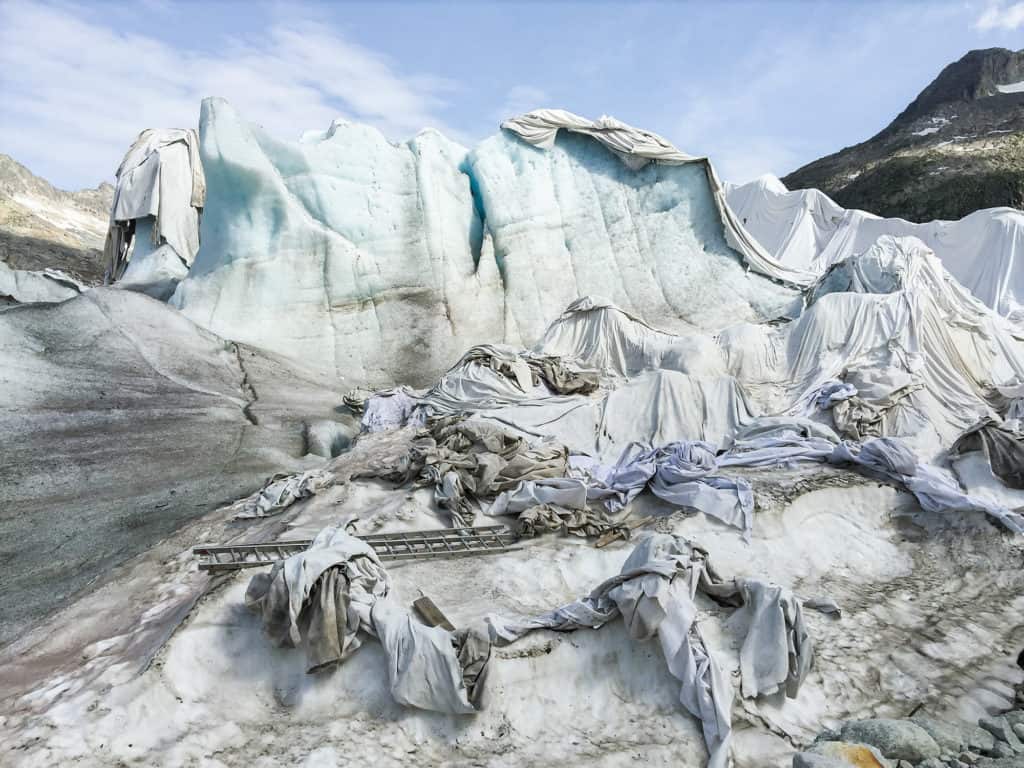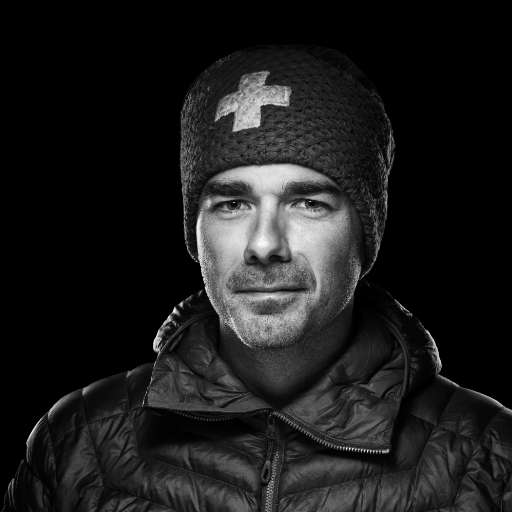A painter renowned for her watercolors, Silvia De Bastiani maintains a subtle dialogue with nature, which she deeply admires. Passionate about art since childhood, she navigates sensitively between abstraction and figuration to better reveal the beauty of landscapes. Direct contact with mountains, rocks and the elements nourishes her inspiration; painting outdoors offers her the intimate connection she constantly search . Meet an artist who, through her mastery of watercolour, celebrates the mountains in all their fragile, moving splendour.
The art of Silvia de Bastiani: an unshakeable passion for watercolours
Looking back over your career, it's safe to say that you're a born artist. Can you tell us more about your passion for art?
Painting and drawing have always been my passions. When I was little, I used to hide in the attic to redraw photos and illustrations in books. Around the age of 13, I started taking my first painting classes.
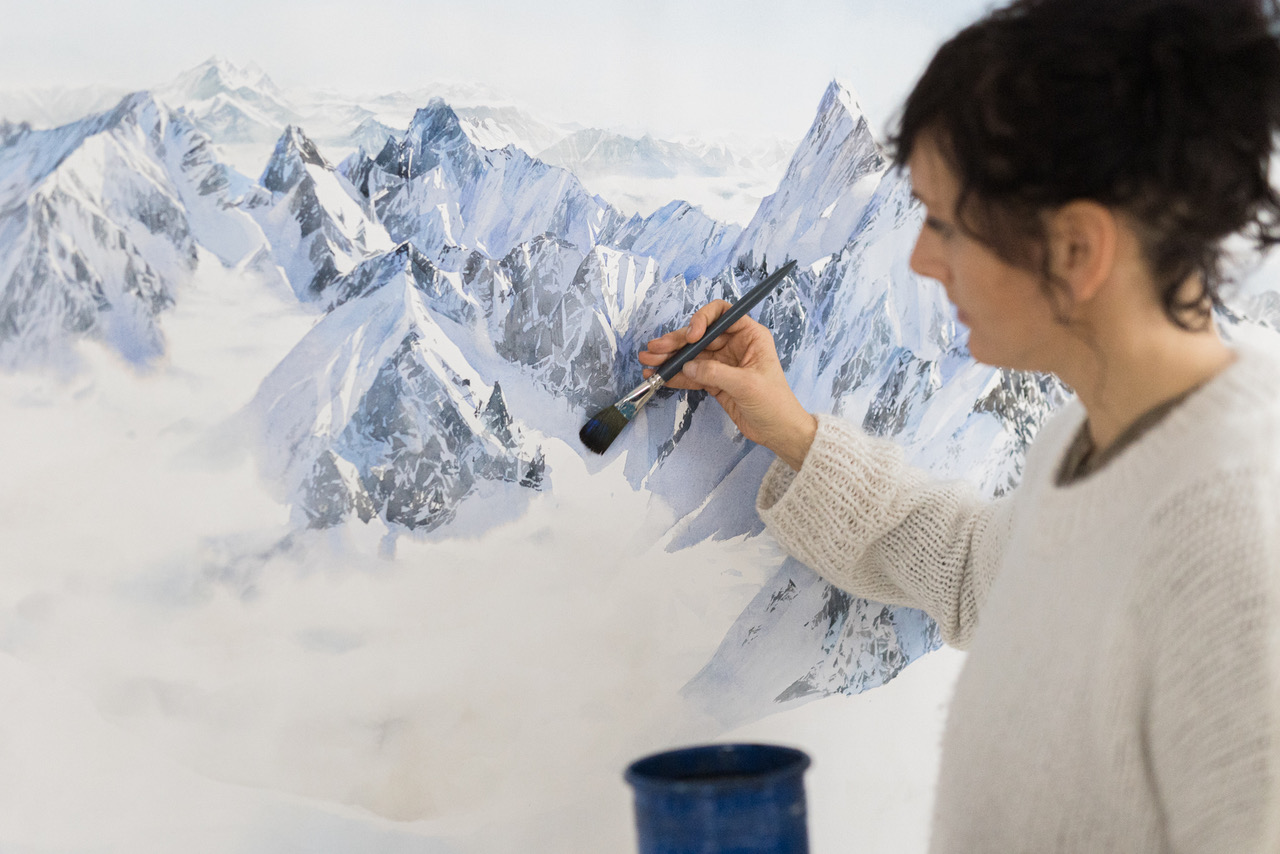
You specialize in watercolors. Where did your passion for watercolour come from? What drew you to this painting technique?
Watercolor is a fast, practical technique that requires little equipment and is easily adapted to working outdoors. The colors are of mineral and vegetable origin, corresponding to those found in nature. But it's above all the encounter between color, water and paper that fascinates me most. The pigments mix with the water, creating a dance of drops that the hand has to orchestrate before the water irretrievably penetrates the paper. The purity of the water meets the fragility of the sheet of paper, evoking all the vulnerability of nature.
You operate on the border between figuration and abstraction. How do you decide whether to go further into abstraction or remain faithful to figuration?
In my work, there's a very subtle line between the figurative and the abstract. My work is never photographic, even if the landscape is always recognizable. The drawing takes shape gradually, without sharp contours, by superimposing layers of color that gradually reveal shadows, lights, shapes and volumes. It's my outdoor observation that determines this orientation. Sometimes it's the speed of execution, sometimes the composition or the order in which I superimpose the different layers of color, or even the point of view that influences my choices and directs my brush towards more or less abstraction.
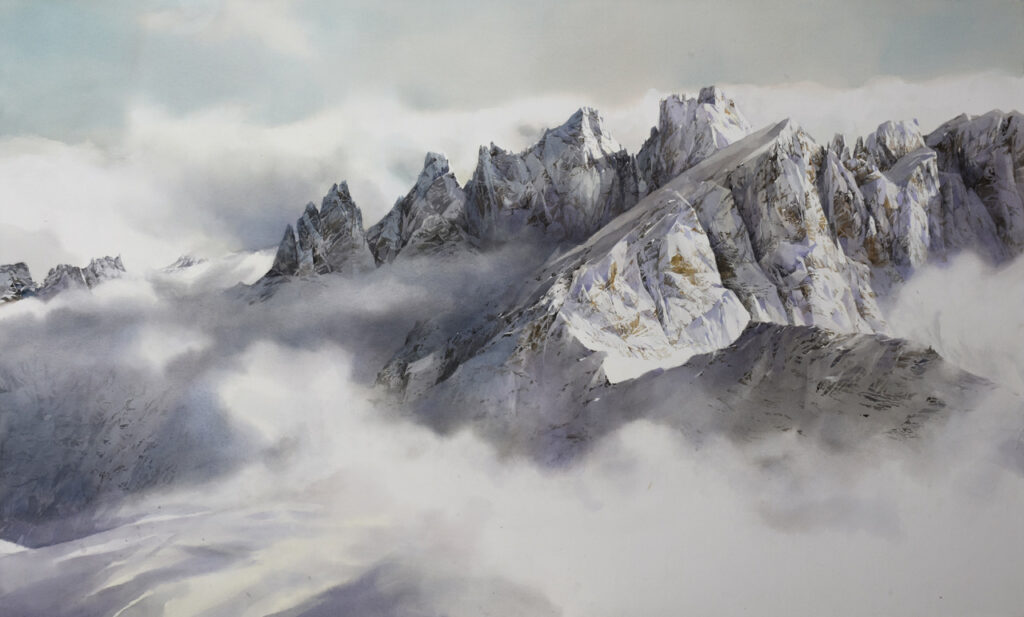
Silvia de Bastiani and the mountains: from intimacy to the absolute
You regularly talk about mountain landscapes. What do the Dolomites and the Alps symbolize for you?
My love of the mountains is first and foremost an intimate one, before being an artistic experience. I was born and live in the Dolomites. The mountain is my nature, inviting me every day to rise, to reach the summit, to look beyond. The mountains nourish my search beauty and wonder: touching a rock or smelling the scent of moss are experiences that heal the spirit, refine sensitivity and enrich my painting.
You paint outdoors most of the time. Isn't it a challenge to cope with weather conditions that can sometimes be extreme in the mountains?
Painting outdoors is an experience that touches all the senses. The wind lifts the paper, the cold thickens the colors and freezes the hands, the sun dazzles the eyes. Yet these constraints enrich painting with a living, unpredictable dimension. So I live each moment intensely, with the fatigue of the present moment, the tension of the brushstroke that must quickly follow the light. It takes a great deal of concentration to hold all these sensations.
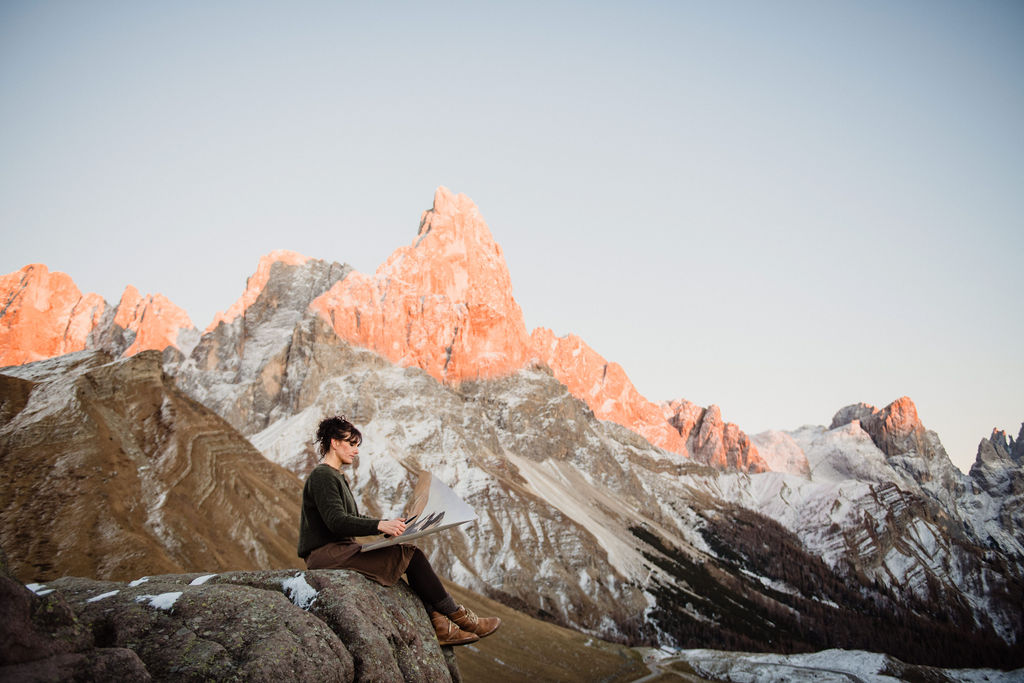
What do you feel when you paint in the mountains?
Sitting in front of a summit, observing it for a long time and then painting it, is a very powerful experience. It's like looking into someone's eyes for one, two or three consecutive hours. A deep, intimate bond is created, gradually revealing all the details invisible at first glance. In this relationship, I stop being a spectator facing the mountain and become the mountain.
Your works are often imbued with a contemplative atmosphere. What role do silence and solitude play in your artistic approach?
The Alps are a place of intimate exploration and contemplation. I find this space in my watercolors. I can sit for hours in front of a summit, alone and in silence. Silence which, in the mountains, is a marvellous symphony woven by the wind. A Powerful regenerating sound that attunes my inner voice to that of nature. Solitude, far from being isolation, is an opportunity to sharpen my perception of myself, time and space. It's in this fertile tranquillity that my work is born.
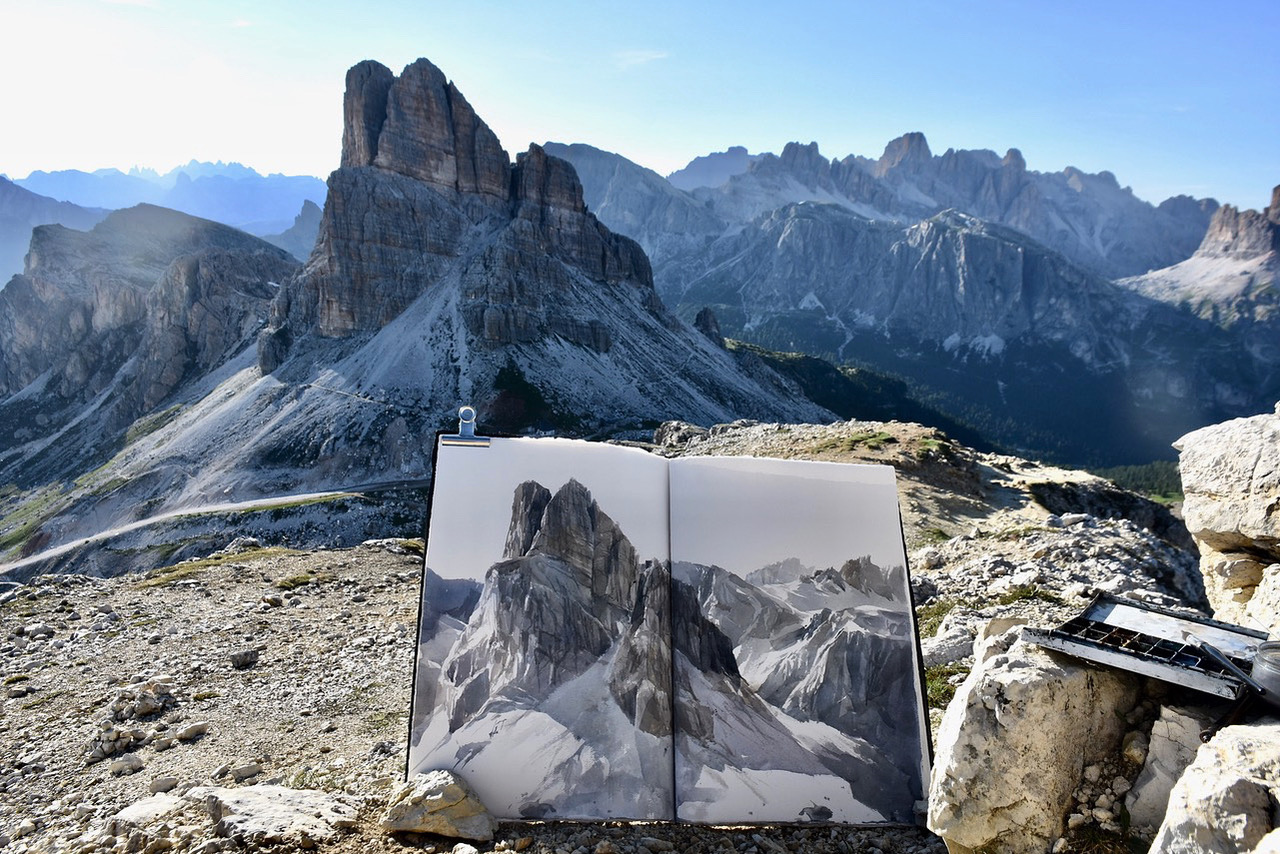
Faced with global warming: Silvia de Bastiani bears witness through her art
You recently took part in the "Postglacial Landscapes" exhibition on the issue of climate change. How do you feel about these changing landscapes?
Painting glaciers is a real technical challenge, as watercolor cannot be used to paint the white, which is only preserved by the blank paper. Once lost, this white cannot be recovered. This technical peculiarity resonates powerfully with today's situation: what we lose with global warming is permanently lost, just like the immaculate white of the paper.
In your opinion, what responsibility do artists bear with regard to current environmental issues?
Art is a Powerful communication tool, accessible to all, with no particular key to entry. The artist therefore has an important responsibility in spreading a message. It's up to him to choose to convey a thought, a doubt or even a provocation.

I'd like to ask you one last question to round off our interesting exchange. What emotions or thoughts do you hope to awaken in viewers through your work?
I believe that art has the power to create dreams. I would also like to believe that my painting can transmit and teach that beauty exists. If it is cultivated and perceived, it becomes that indispensable spark that allows us to dream.
Silvia De Bastiani continues to inspire viewers to the rhythm of her inspiration. Her intimate connection with the mountains fascinates and constantly opens up new avenues at the limits of watercolor. Between figuration and abstraction, her works reveal the wild beauty of Alpine landscapes, awakening in each of us a deep, poetic contemplation.
